
opening hours:
Tue-Fr 10-18:30
Sa 10-16
☎: ++49 +30 261 92 18
✉: mail@raab-galerie.de
Torsten Schlüter

|
|
artist: | |
titel: | Titania |
technique: | Kreide a. getöntem Papier |
year: | 2018 |
size: | 17.50x25.00 |
price: | 950.00 € |
|
|
|
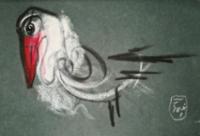 |
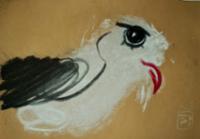 |
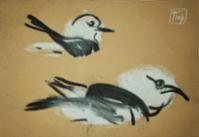 |
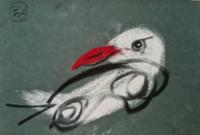 |
 |
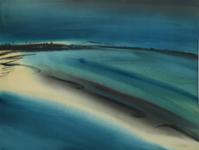 |
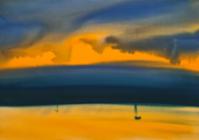 |
 |
 |
 |

Torsten Schlüter, a modern figurative artist, needs a subject or object to paint. Thus for many years Torsten Schlüter travels, to find new images or to observe situations that are tempting to create drawings and paintings. He is always accompanied by his scetchbook, Whether he is at the small Baltic island of Hiddensee or in India. For more than 100 years the island of Hiddensee is famous for its artistic colony and discourse among musicians, visual artists, architects and actors with scientists from all fields. Brücke artists Otto Müller and Ernst Heckel visit before the first world war, Alexander Kanoldt does lithographs of the landscape in 1927 in his Neue Sachlichkeit style where he develops a multi perspective architecture of landscapes and objects, Eckart Muthesius visitors there are the Maharadscha and the Maharani of Indore. For the young Berliner Torsten Schlüter the memory of these people offers wide fields of inspiration about contemporary art and ideas already in the 80ies, especially in the former GDR. The spirit on the island is as well helpful, there is not the same restriction than in East Berlin, those empty promises and pompuous gestures of the ruling class are far away and the young rebel gets some space to breathe.
Since the wall came down, for more than 30 years now, Torsten Schlüter travels regularly to India's South- West Coast. Wherever he is, he is always accompanied by his good old Royal Enfield and his scetchbook. Main themes of his works are scenes in front of his hut, his focus is upon Indian culture and way of life, he likes to plunge into it. It all starts with colours and moments of arcaic every day life. Small streets, market places, the invironment of temples, fields, the seemingly chaotic traffic draw him into his scetchbook work.
This is how he describes it himself: " It is where the "real", "normal" Indian life takes place, ( I am rather talking of huts than of palaces) in all its facets of stoical composure, simplicity, even poverty, exploitation, but as well zest for life and many other values that are not easily approachable.
While I am drawing I feel a bit to be close to "Zille"....
After thirty years of travel in India the country is not strange to me anymore, but in a way self- evident. Which is as well true when it comes to undiscribable contradictions, problems of society, as well as grace and tragedy, whether it be pretended or real.
To me as a painter and drawer in the end it is all about the successful drawing, no matter where it is born. And only in the atelier in Berlin will be proven its value. Everything that is created in India is stored away and will only be unpacked after the return to Berlin. With a distance of time and region.
In a similar way to Hiddensee, India is an open atelier to me, I am connected to the country and its people, maybe a kind of third "at home". "
These different homes of an artistic life are by now melting into each other. Because of his painterly talent Torsten Schlüter is able to create a contemporary universal language that connects most contradictory happenings, postures, states of mind and destiny. Since his study at the Bauhaus Academy in Weimar he is true to the Bauhaus idea of cosmopolitan acting and working. He has pursued this attidude with great painterly talent over many decades and does not get tired to add new aspects of life to his works. He is a painter obsessed about expressing movement in his works, to make them lively and in doing so he is a master.
RAAB Galerie | Imprint | Exibitions | Artists
copyright © 2020: RAAB Galerie Berlin, Germany